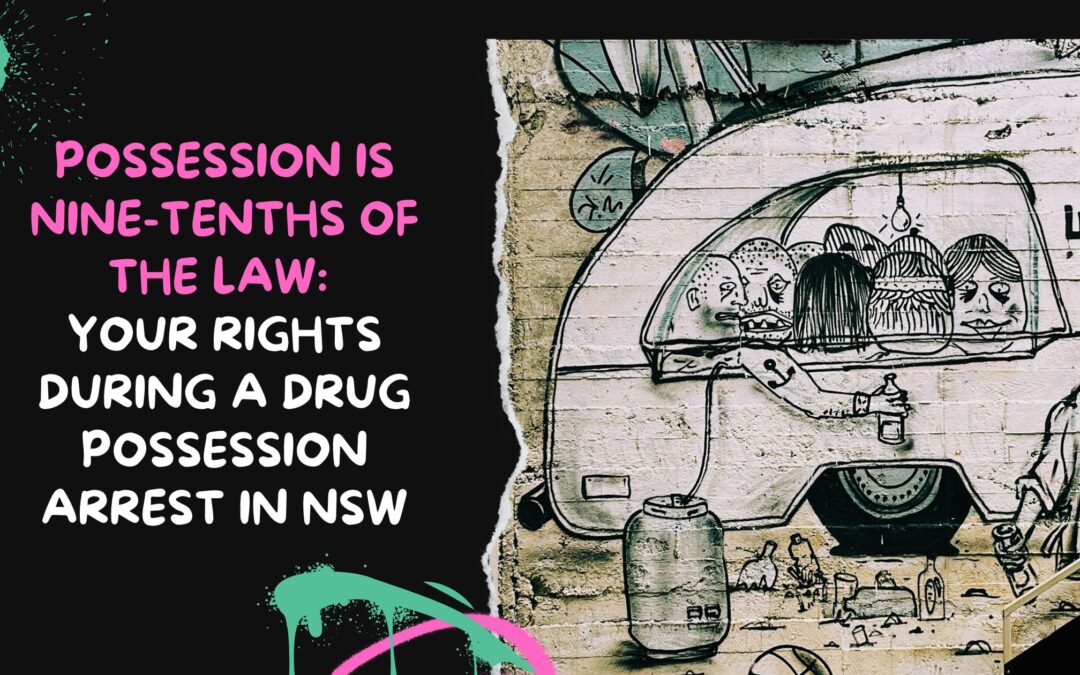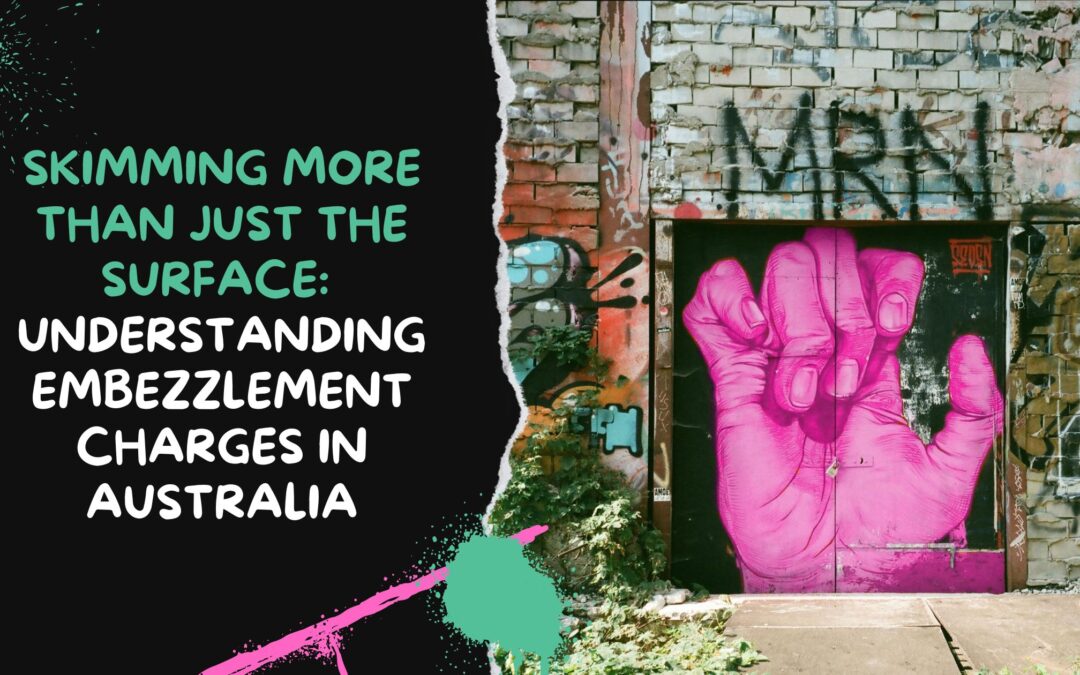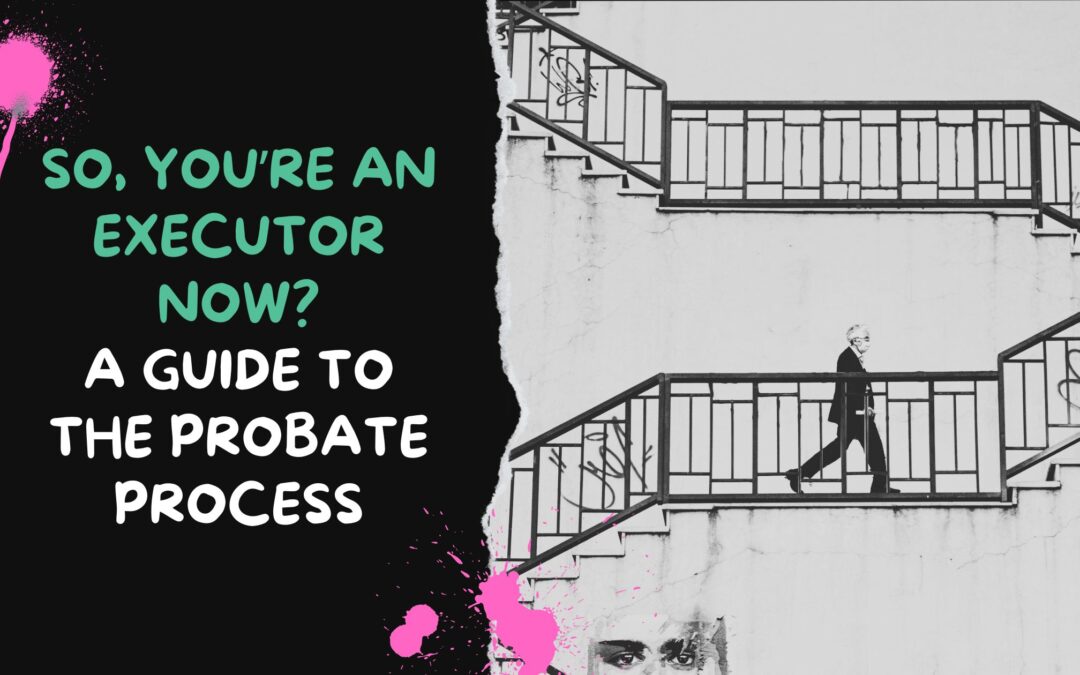So you got done at Splendour? Caught red handed with drugs.. It was an innocent mistake, but you know your record won’t reflect that.. Maybe you’ll lose your job or have to cancel that trip to the USA? You have no defence, but should you plead guilty in Court? Not quite, but it’s complicated thanks to Section 10 of the Crimes (Sentencing Procedure) Act 1999 (NSW).
Pursuant to Section 10, even where a person is found guilty of an offence, the Court has a discretion to either dismiss the charge or conditionally discharge the person, for example on the condition that they enter a good behaviour bond for up to two years or participate in an intervention program. In effect, it’s a “get out of jail free card”, given to the deserving as a last chance. Where they are awarded, a conviction will not be recorded, which allows for the avoidance of the long-lasting effects of a criminal record, which in some cases can prove worse than direct punishment down the track. So, how do you get one? Here are some pointers:
Tip 1
A s 10 discharge is never guaranteed. This is a completely discretionary remedy of the Court, meaning it is entirely up to the Magistrate or Judge on the day. There are no magical boxes to tick that will create an automatic entitlement in this regard. As such, you will want to have very well prepared submissions in support of an application, especially in the case of less trivial offences.
Tip 2
Although it may sometimes do this, the Court does not have to consider, of its own motion, whether a s 10 would be appropriate – it is really a matter for you to apply for one. Given that it is a discretionary remedy and each judicial officer will have their own unique attitude, political and other views, the manner and timing of the application will require a certain extent sensitivity and decorum. A distasteful application could, in practice, result in a sentence worse for the applicant than it would have been absent an application. In addition, as it is a discretionary remedy, there is generally no right of appeal, especially in the lower Courts – you have one chance to get it right.
Tip 3
Theoretically, no offence is barred from being dealt with under s 10. For example, we have enjoyed successes here in cases of driving and traffic related offences, assault (even of law enforcement officials), resisting arrest, drug possession, theft / larceny and more, and obviously, with the exception of traffic offences, these are by no means trivial. In fact, the most recent published figures from the NSW Bureau of Crime Statistics and Research show that, in the Local Court of NSW in 2013, even more serious offences were dealt with by way of a s 10 discharge, including manslaughter and driving causing death, various weapons and explosives offences, fraud and even the import, export, trafficking and manufacture of illicit drugs.
Tip 4
Although not actually law, the “unwritten law” is that a s 10 will be granted only once, at least for an offence of a similar nature or gravity. As such, in some cases where there is already a criminal history, or where a s 10 has already been granted for something else, making an application may work to your detriment, but if not, the submissions in support will need to be very carefully and strategically crafted.
Tip 5
As a general “umbrella consideration”, the offender’s level of cooperation with the legal system is relevant. In saying this, we aren’t referring to any one thing in particular, such as participating in a Police interview. The most relevant consideration is an early guilty plea. In fact, entering a plea of guilty at the first Court date, prior to the service of the brief of evidence, entitles the offender to an automatic sentencing discount of 25% off what they would have otherwise received. Entering a plea of guilty at a relatively early stage, such as after a plea of not guilty has been entered and the brief of evidence served but before the matter is given a hearing date, is still relevant, particularly where the prosecution case is not guaranteed to succeed and there is social utility in avoiding a trial (i.e. sparing the time and resources of the Court and witnesses).
Tip 6
In practice, the Court will only grant a s 10 where there is no need to punish the particular offender. As such, the chances of success will be greater where the crime is “victimless”. It is therefore worthwhile to try to rectify any harm done as far as possible prior to sentencing, whether that be by way of a written apology to a victim of assault (provided no APVO or ADVO will be breached in the process), the payment of compensation for property damage, or other available and appropriate measures. If there have already been adverse consequences of the charge prior to sentencing, such as the loss of a job, spouse, license suspension, the incurrence of legal costs and so on, these should be brought to the attention of the Court and taken into account.
Tip 7
The Court will also need to be satisfied that there is little to no chance of recidivism, i.e. that the offender will not re-offend. Things that tend to indicate this are the offender taking responsibility for their actions and having learned a lesson from the process up to the point of sentencing. For example, deliberately distancing yourself from the people and circumstances surrounding the offence would help. Another is a conscious addressing of other circumstances that lead to the commission of the offence, such as receiving treatment for depression, anger issues or substance abuse issues, or resolving other stress-inducing things in life.
Tip 8
To build on part of the previous point, the prospects of success will be boosted where, in an appropriate case, the offender has completed a Court-approved diversionary program, such as MERIT for drugs and alcohol issues. These can be done prior to actually entering a plea, and will effectively put the case on hold in the meantime.
Tip 9
The consequences of a recorded conviction are also highly relevant. These may be more common things, such as the immediate loss of a job or longer term employment prospects or the exclusion of work-related or even social travel to certain countries, but can also be less obvious or common, such as the social or familial shunning, the breakdown of a relationship and so on. In one case, we argued that the recording of a conviction would result in the loss of our client’s firearms license, and as shooting was his primary means of stress relief, this would have a profound impact, and could even mean the chances of re-offending were higher without a s 10 discharge than they were with one. The list goes on…
Tip 10
Perhaps most importantly, the Court will need to see that the offender is truly remorseful and deserving. Again, this is where the behaviour of the offender between the point at which they are charged (or better still, committed the offence) and sentencing are highly relevant. In addition, taking responsibility for your actions is a very relevant consideration. The two can be shown through character references and having a support person, such as a spouse or parent, present in Court at sentencing. Better still, the Court can see this and judge for itself through the words and demeanor of the offender, whether through a written letter and apology or verbally at Court.
A little extra advice:
In light of the above, and depending on the particular personal circumstances of the offender, following an early plea of guilty, perhaps some meaningful action in the meantime and some strategic submissions at Court, a leave pass might be granted in an appropriate case, with a lesson learned and no major harm done in the end. However, as you can see, there is a lot to consider, and a lot that can be done to assist your situation in the lead-up. There is also a lot that can be done wrong. It pays dearly to get on top of things early, i.e. right from the point of receiving a Court Attendance Notice. Ultimately, we suggest seeing a competent lawyer right from day one to guide you through the process, as it may be the difference between serious consequences and retaining some freedoms that didn’t even cross your mind.
As always, we are available to discuss any related matters, so feel free to contact us.
For more information:
Criminal Court Statistics, BOSCAR.
Crimes (Sentencing Procedure) Act 1999 (NSW) s10.
Crimes (Sentencing Procedure) Act 1999 (NSW) s21A.



